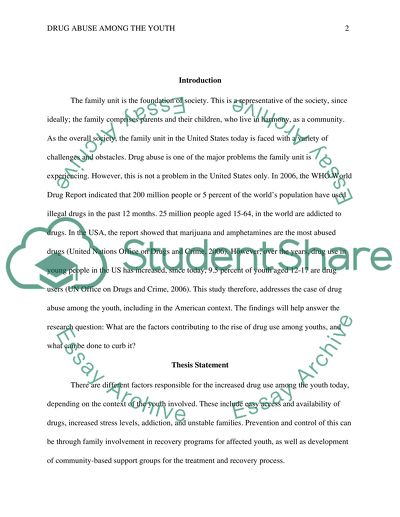Cite this document
(“Factors contributing to the rise of drug use among youths, and what Essay”, n.d.)
Retrieved from https://studentshare.org/sociology/1403907-factors-contributing-to-the-rise-of-drug-use-among
Retrieved from https://studentshare.org/sociology/1403907-factors-contributing-to-the-rise-of-drug-use-among
(Factors Contributing to the Rise of Drug Use Among Youths, and What Essay)
https://studentshare.org/sociology/1403907-factors-contributing-to-the-rise-of-drug-use-among.
https://studentshare.org/sociology/1403907-factors-contributing-to-the-rise-of-drug-use-among.
“Factors Contributing to the Rise of Drug Use Among Youths, and What Essay”, n.d. https://studentshare.org/sociology/1403907-factors-contributing-to-the-rise-of-drug-use-among.


